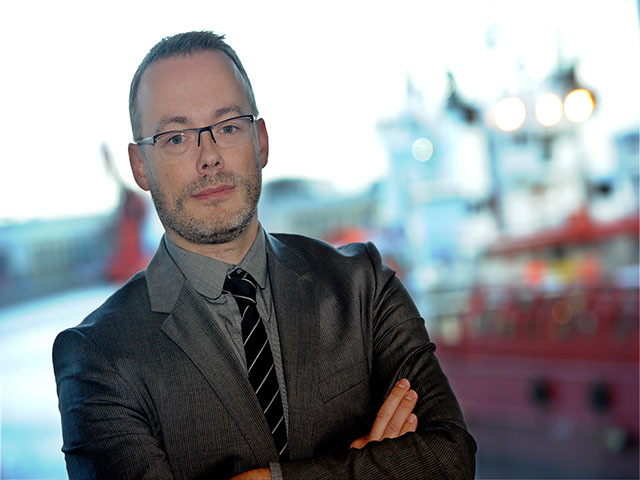
It’s often said that we measure success by counting failures. It’s the same with safety. Whether it’s the number of hydrocarbon releases or lost-time incidents, we tend to count and measure what’s gone wrong rather than what’s gone right.
Recently, I had the pleasure of listening to one company in town who are doing things differently. They count their number of “great safety days”; the days when everything went as planned, everyone was safe, the jobs got done and workers went home or to their cabins in one piece. It’s this that got me thinking.
We should be measuring our success by counting our good days, not the bad ones.
Do you start your day by asking how you could avoid an accident, or do you start it asking how you will achieve your great safety day? Do you set yourself up to avoid failure, or for achieving success?
What about other people? Do you set them up to avoid failure, or to achieve success? As engineers or designers, it’s crucial to create infrastructure, equipment or technology that considers the end user. There’s a human in the loop that has to be able to install, commission, operate and maintain that piece of equipment throughout its life. The human at the start of the design process has set the end user up for success.
Infrastructure, equipment, procedures and processes could be considered as fixed. They’re more predictable; often slow to change. But as people, we are less predictable. We have great days, good days and on occasion bad days. We do things well and sometimes we make unintentional mistakes.
If we want to set people up for success and keep them safe, we have to consider what’s around us – the platforms we work on, the equipment we work with and the and the procedures we follow. We have to recognise the errors and omissions we might make, but even more so, we have to recognise the potential each one of us has if we’re set up for success.
With so much at stake, we must reflect on how we interact with the world around us – whether it’s onshore or offshore – and how this influences our approach to safety.
This is why we’ve redesigned and developed the Human Factors Toolkit, which gives individuals, teams, worksites and organisations a unique insight into their relationship between human action and safety. It was launched so that individuals and teams can take a health check on how they impact the safety culture around them.
If people get to grips with this resource, we’ll see how we can have one great safety day after another. But if something doesn’t go as planned and mistakes are made, instead of asking ourselves what went wrong, we need to ask how we can make it better next time. We have to be humble enough to learn from our mistakes, and have the resolve to count the good safety days.
Recommended for you
